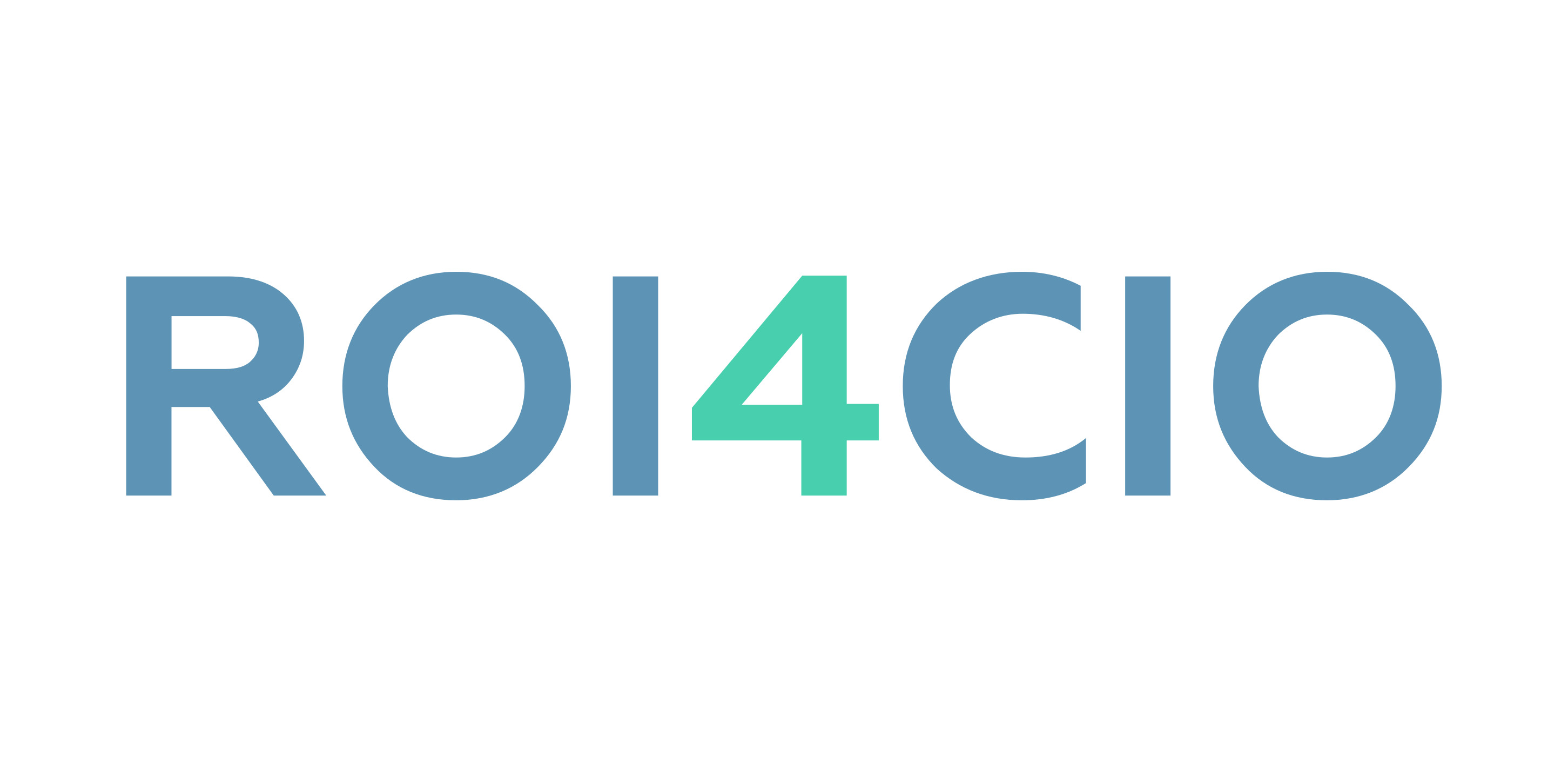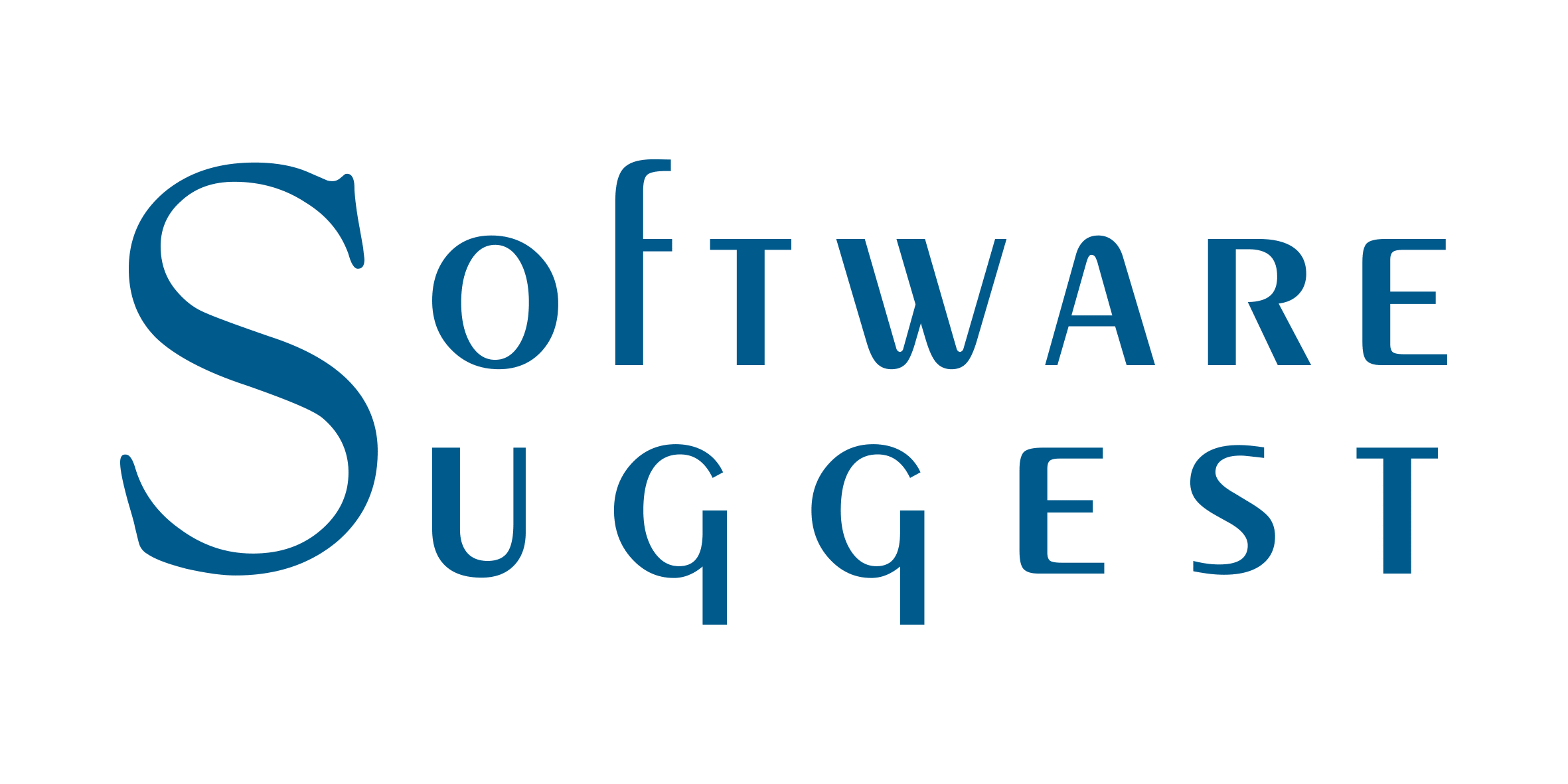
Categories
Problems that solves
Unstructured data
Shortage of information for decision making
Values
Reduce Costs
Support Decision Making
ROI4CIO Review platform
ROI4CIO is a collaboration platform that allows IT managers to pick up the most suitable IT solution, to calculate the budget for its deployment and the return on investment from the given IT solution
Description
ROI4CIO is a unique cooperation platform for IT-vendors, suppliers, distributors, resellers, users.
ROI4CIO is a salestools for Vendors and marketplace for Users. ROI4CIO is a platform designed to support interaction among IT market players and sourcing of IT products, partners, contractors and customers. ROI4CIO customizes IT products for clients based on neural network, automatically calculates pricing and configuration, projects ROI, and supports sending requests to all suppliers of a solution. IT vendors (distributors, resellers, developers) get new clients, close deals faster, cut costs and expand partnerships.
The main idea of ROI4CIO is to reduce costs of IT-market participants for searching partners and to create all the necessary interaction tools in the sales chain.
VALUE PROPOSITION FOR IT BUYERS
- Foster competitiveness and security
- Find the effective IT product based on individual business objectives and pain points
- Compare IT-products by characteristics
- Estimate IT products cost
- Calculate ROI, NPV, IRR, PP
- Request proposals on IT products
- Get Rebate for Reference
VALUE PROPOSITION FOR VENDOR & SUPPLIER
- Lead Generation
- Close Deals Down Quicker
- Fosters competitiveness
- Reduces HQ workload
- Optimization for Sales managers
- Streamlined Sales and reduce costs
- Expand partnerships and foot print
- Receive more references
ROI4CIO has been started with the founder Paul Zhdanovych question: "What are the benefits of IT technologies? How to see the benefits of information technologies before an deployment?". Starting with the catalog of IT-products, deployments, suppliers and vendors, ROI4CIO has become a B2B IT-sales automator. ROI4CIO has automated the price and quoting calculation, requests for proposals or consultations. Later, it became possible to attach an individual price specifications to the proposal request. The ROI calculator has been improved. For the initially central function of the project - a selection of solutions - a neural network algorithm has been developed.
ROI4CIO is a unique online channel for partner sales for vendors, distributors, and suppliers. It is the only resource on the IT market that collects information about all IT market from the market experts. Technical support and consultations of the users are carried out online.
ROI4CIO team is 16 people: project managers, programmers, testers, designers, science math analyst. Experience of team members in IT projects from 5 to 25 years.
Scheme of work













